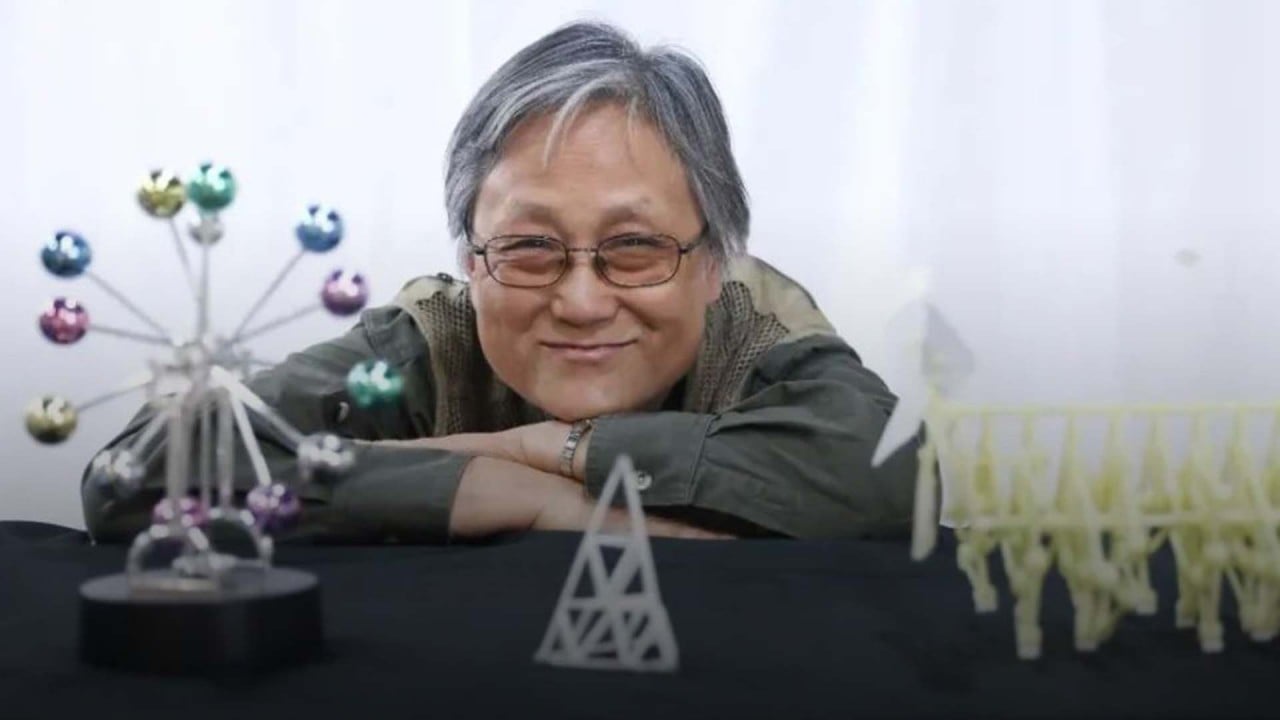
The ‘atomic Lego set’ revealing electrons as we’ve never seen them before
- A quantum simulator could open the door to advanced new materials, and better predict the weather, experts say
- Researchers say new device allows them to observe electrons in a state of ‘quantum disorder’
An international team of scientists have created a device to peer into the melting of electrons – an area of research that they say could lead to the development of new materials and even computers that work like our brains.
Chinese chip experts debate impact of US Chips Act but see no quick solutions
To tackle the dilemma, Cheng and his colleagues developed a quantum simulator by building an “atomic Lego set” with graphene, a single layer of carbon atoms arranged in a honeycomb lattice structure that produces excellent conductivity and strength.
The researchers first prepared two separate pieces of double-layered graphene, and positioned them at a specific angle to each other. They then cooled the arrangement to nearly absolute zero, and applied an electric field that was perpendicular to the graphene.
Like water molecules in an ice cube, the electrons in the material appeared to be frozen in their own positions. These electron crystals showed high resistance, completely altering the electronic property of the original graphene material.
The team also observed an intermediate phase between the crystal and liquid states of the electrons. “It was neither solid nor liquid, but a quantum disorder,” Cheng said.
Iron Man-style hi-tech glasses could be developed for Hong Kong police
The quantum disordered state could be eliminated by adding a horizontal magnetic field to the material – just like melting ice directly to water, he added.
The most challenging part of the study was to precisely stack the graphene layers to an exact position and angle, Cheng said. “Graphene is as slippery as soap when stacked. It took us over a year to fix them to where they belong.”
Researchers say the quantum simulator has great implications for future research and development.
For instance, it could be used to simulate complex systems found in the natural world to help develop superconducting materials and drugs that would have otherwise been impossible. It might even lead to techniques to simulate meteorological conditions to help predict weather, or biological neural networks to develop artificial intelligence that more closely mimics the human brain, Cheng said.


